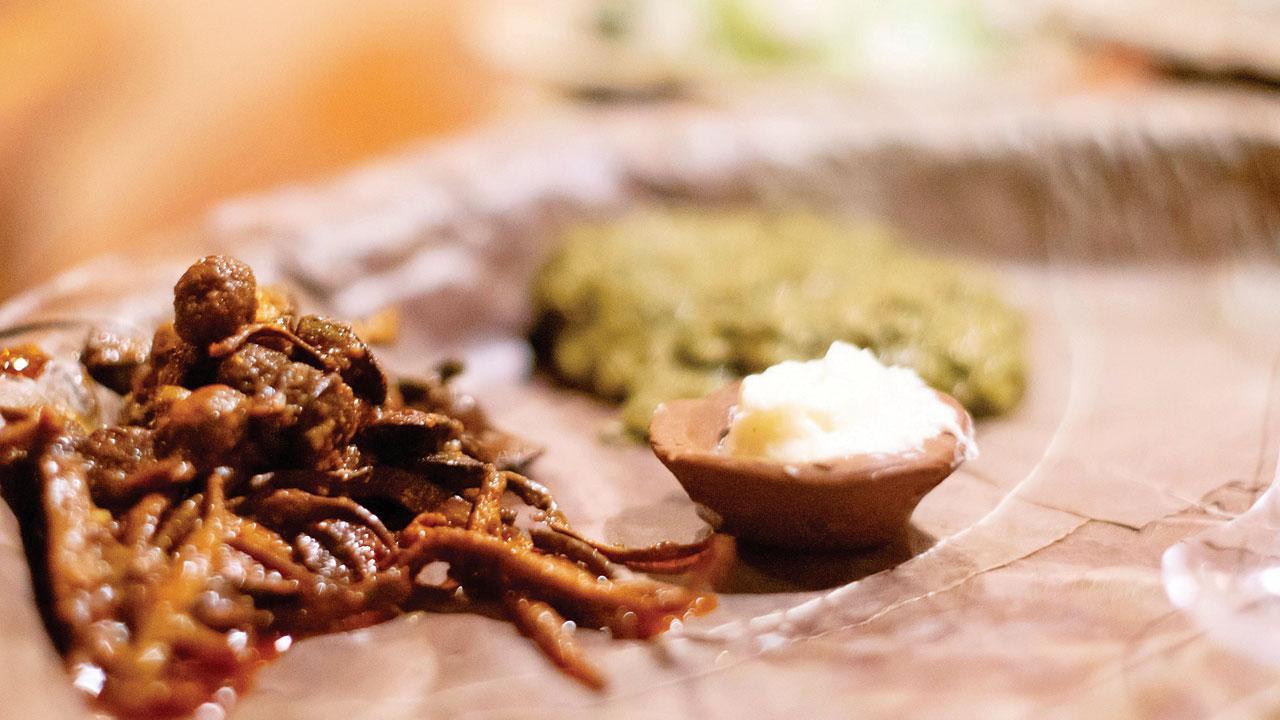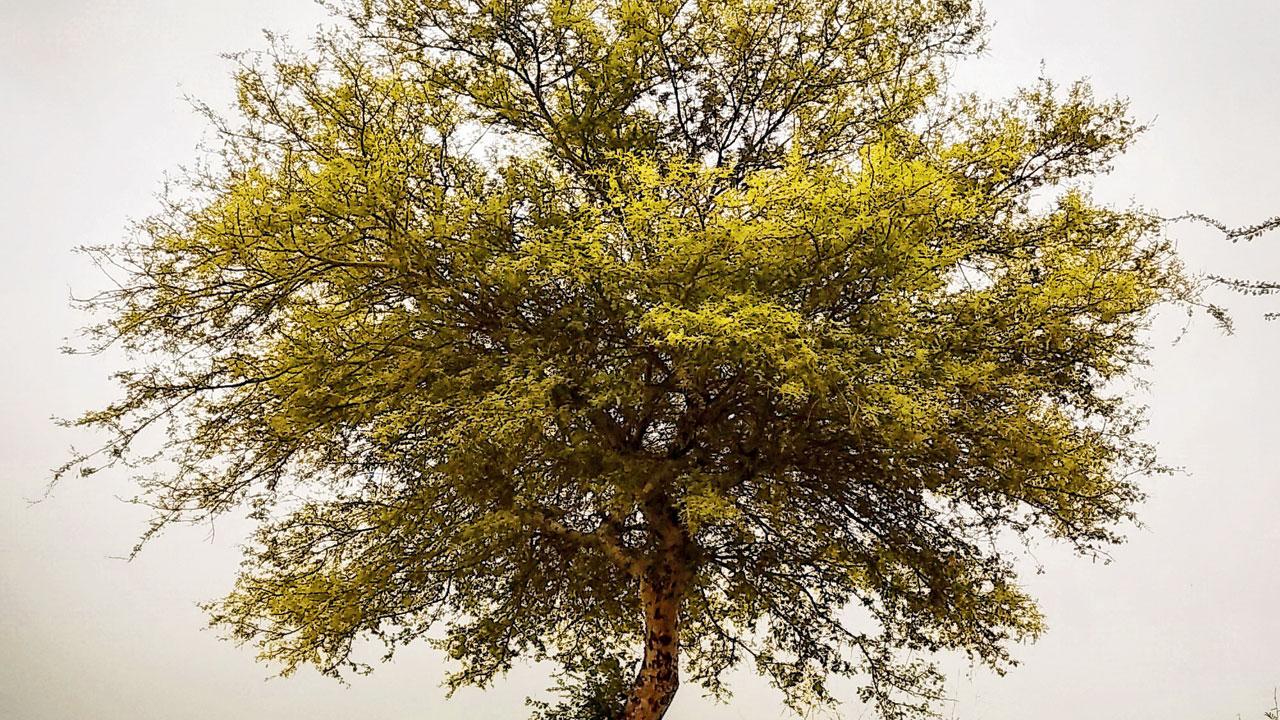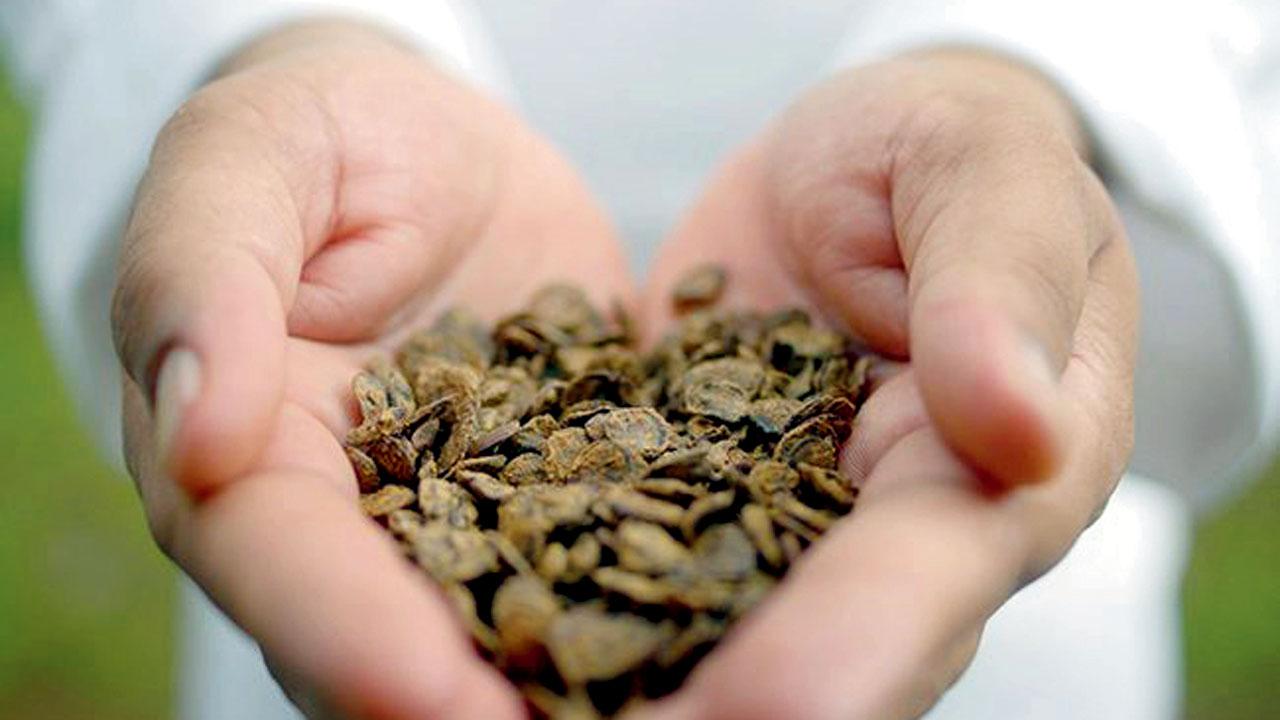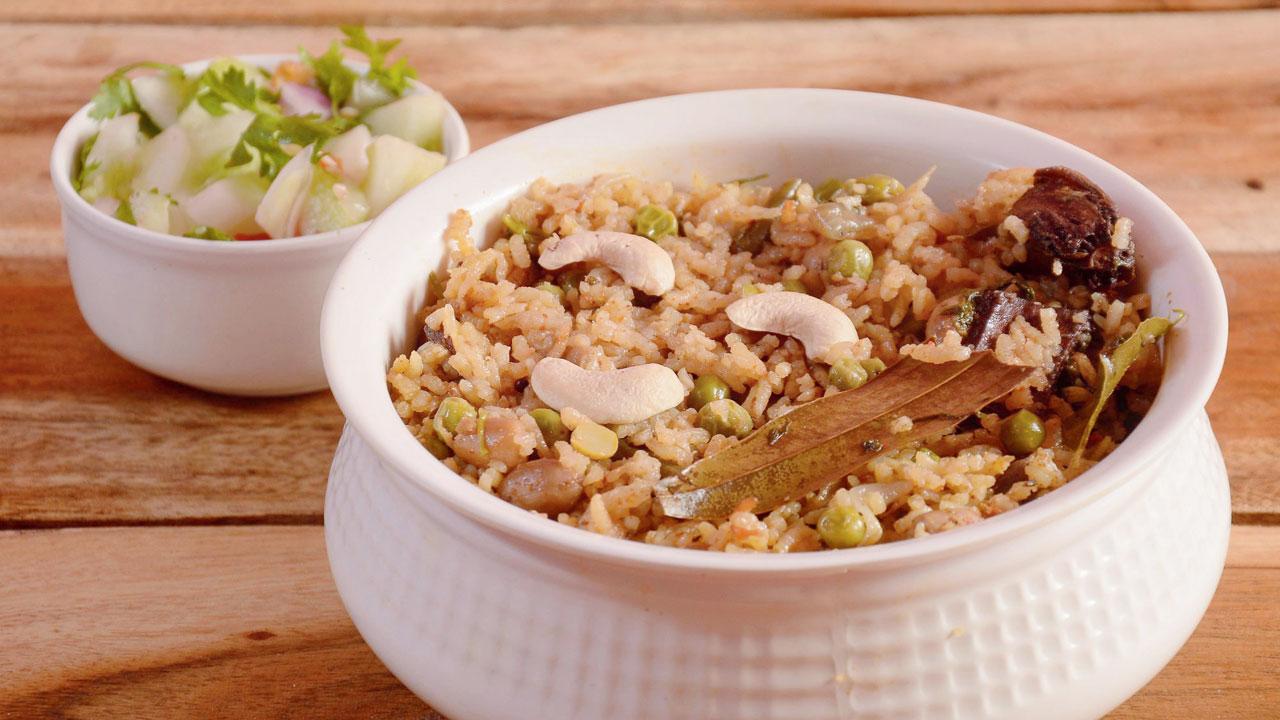Human greed and global warming are pushing some foods into obscurity. A campaign by two international entities puts the spotlight on ingredients that need our urgent attention, including two from India

Kumatiya or chapatiya is an essential ingredient in one of Rajasthan’s favourite dish, ker kumatiya sangri
Avocado might be Instagram’s most beloved superfood, but if recent data is anything to go by, the Mexican fruit seems to be going the Dodo way. A study in 2017 by the University of California predicts that avocado production will shrink to half by 2050 due to climate variation. Avo is not alone to be affected by changes in weather. Drought around the world has also decreased chickpea production by 40 per cent.
ADVERTISEMENT

Slow Food, an international non-profit committed to restoring the value of food, and Relais and Châteaux, the world’s largest network of chefs, luxury hotels and restaurants, have joined forces to protect biodiversity, fight climate change and preserve culinary heritage. They launched the Food for Change campaign to reverse the damage. This year, the campaign focuses on the rediscovery and protection of near-extinct local products. Over 85 products in 28 countries were nominated by Relais & Châteaux and added to Slow Food’s Ark of Taste, to raise awareness around their existence and reduce the risk of their disappearance.

The seeds are known to have cardioprotective properties
The nominations went through a strict evaluation process through 20 technical committees, Slow Food’s Content and Projects Hub and the University of Gastronomic Sciences in Pollenzo before being approved to the Ark of Taste. The foods that made it to the list include Valdarno Black Chicken, a breed of black dual-purpose chicken from the lower part of the Valdarno, in Tuscany; Gravenstein apple, which used to grow on 7,000 acres, but is now restricted to 700 acres; Persillé de Tignes Cheese, a rustic artisanal cheese with a chalky consistency, known since the time of Charlemagne (Charles the Great). Today, it survives thanks to the work of a single family of producers, the Marmottan family farm, in France.
From India, it’s the kumatiya, a small deciduous, thorny tree from Rajasthan and the seeraga samba rice from Tamil Nadu that are in the list. While kumatiya was nominated by Megha Verma, Maitre de Maison of SUJÁN Jawai in Rajasthan, the rice variety was picked by Krithika Subrahmaniam, owner of Svatma, a luxury resort in Thanjavur, Tamil Nadu.
‘Kumatiya trees are a victim of land clearances’

Megha Verma, Maitre de Maison at Sujan Jawai
I decided to nominate the Kumatiya tree as its seeds form an essential ingredient in one of Rajasthan’s favourite traditional dishes, ker kumatiya sangri. One afternoon, while Chef Govind and I were walking past an Acacia Senegal tree, he recalled childhood memories of collecting the seeds and taking them home for his mother to use for cooking. The kumatiya tree is synonymous with the local terrain in Jawai and the seeds have a strong culinary heritage. Kumatiya trees produce pods, each one containing a row of three shiny, flat seeds. These seeds are used in delicacies, and also make up one of the five ingredients of panchkuta, a popular vegetable mix prepared during Shitala Ashtami, a Hindu festival dedicated to goddess Shitala, which is celebrated a week after Holi. The kumatiya tree is an important component of the traditional agroforestry system since it can fix nitrogen and improve soil fertility. But the trees became victims of land clearances for agriculture, which has led to its near-extinction. This is something we have sought to reverse by planting them, ‘re-wilding’ them around our camp as well as educating the local communities on its health and cooking benefits. Rajasthanis who relish kumatiya on a daily basis might have been unaware of its health benefit, but a recent study shows the seeds have cardioprotective properties, are rich in protein and phosphorus, zinc, and selenium.
‘It was the first South Indian rice to get a GI tag’

Traditional vegetable biryani made of seeraga samba rice served with mixed raita
Samba rice, which is the traditional rice of southern India, comes in many varieties, one of which is seeraga samba. This tiny grain gets its name from its resemblance to cumin, which is called seeragam or seera in Tamil Nadu. It is the most expensive rice grown in the southern state. Cultivation of seeraga samba is confined to Vellapallam and Keevalur talukas in Nagapattinam district; Uppiliyapuram panchayat union in Trichy district; and parts of Thanjavur district in central Tamil Nadu. It’s probably the first rice variety from Tamil Nadu to get the Geographical Indication tag.

Krithika Subrahmaniam, owner of Svatma, a luxury resort in Tamil Nadu
The GI tag is basically a measure, which defines the region of origin of a food or agricultural produce. But more effort is needed to preserve the grain because it contains phytonutrients, which helps fight breast cancer and strengthens heart function. The oil in the seeraga samba rice reduces cholesterol. It is rich in fibre; hence, it reduces the low-density lipoprotein (LDL) cholesterol and increases high-density lipoprotein (HDL) in the body, and is good for people with diabetes. The rice is easy to cook, delicious and aromatic, rich in vitamins with a high caloric value.
Ciraka sampa (Tomato rice)
Preparation Time : 05 mins | Cooking Time : 20 mins | Serves : 2

Tomato rice with seeraga samba rice
Ingredients
I cup jeeraga samba rice
2 large tomatoes
1 small onion
1/2 inch piece cinnamon
3 cloves
2 cardamom
1 tsp cashew (broken)
1 tsp ginger garlic paste
1 green chilli
1 tsp red chilli powder
1/4 tsp turmeric powder
Handful of coriander and mint leaves
1 tsp each of ghee and oil
1 1/2 cup water
Salt to taste
Method
Cut the onions lengthwise and tomatoes into small pieces, slit the green chilli and keep them ready. Heat ghee and oil in a pressure cooker, add cloves, cinnamon, cardamom and sauté for 30 seconds. Then add cashew and roast till it becomes golden brown. Now, add the onions and green chilli, sauté till the onion becomes translucent.
Add the tomatoes and stir. Add ginger garlic paste and saute till the tomatoes become mushy. Now add the roughly chopped coriander and mint. Mix and add water followed by red chilli and turmeric powder, salt and bring it to boil. Wash and drain the rice and add to the boiling mixture. Cover the cooker with lid and cook for three whistles. Serve it with raita of your choice.
 Subscribe today by clicking the link and stay updated with the latest news!" Click here!
Subscribe today by clicking the link and stay updated with the latest news!" Click here!








